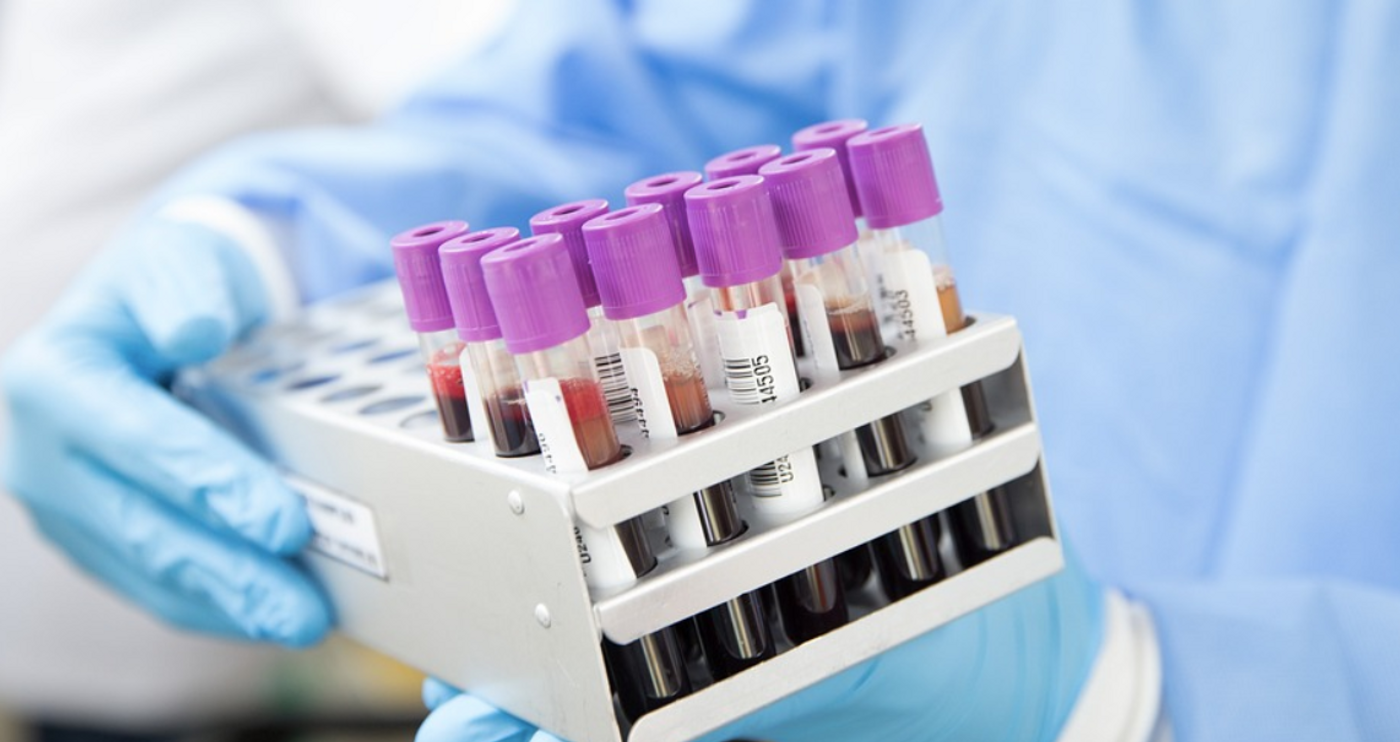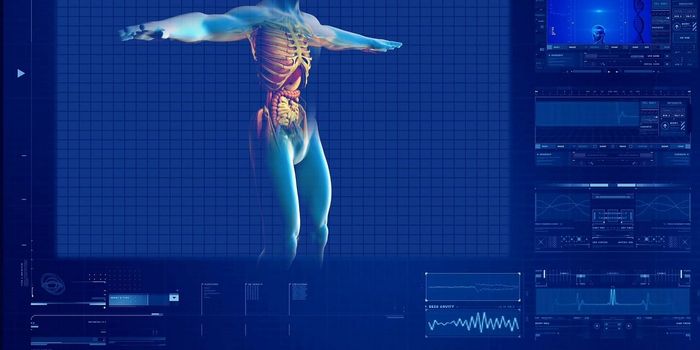New Blood Test Could 'Transform' Diagnostics for Kids' Fevers
With just a blood sample, clinicians may soon be able to quickly diagnose the cause of illness in children. The test can differentiate between eighteen infectious and inflammatory conditions including respiratory syncytial virus (RSV), group B Streptococcus (GBS), and tuberculosis, simultaneously, which can provide an answer in under an hour instead of days or weeks, and with less sample required. Researchers are hopeful that this new technology will be 'transformative' for patients. The test analyzes gene expression patterns, which can be matched to the body's reaction to specific illnesses. While this study, which was reported in Med, is only proof-of-principle at this stage, the researchers have demonstrated that it works, and has the potential to make a major impact.
Infectious and inflammatory diseases commonly send kids to the hospital. When a child presents with a very general symptom like a fever, doctors often have to use their best impression to explain the cause, noted co-senior study author Professor Michael Levin, Chair in Pediatrics & International Child Health at Imperial College London.
Rapid decisions have to be made, and while medical professionals can get clues from the patient and their families, and they have experience and training, they may still not know if an illness is due to a bacterial or viral infection, or something else, until test results are complete.
"Such delays can stop patients getting the right treatment early on, so there is a clear and urgent need to improve diagnostics," said Levin. "Using this new approach, once it's translated to near point-of-care devices, could be transformative for health care."
A patient might be given an antibiotic simply to start treatment quickly, but there may be no bacterium involved. This situation can lead to the overuse of antibiotics. Blood culture tests that detect pathogens can take days to perform, and lateral flow tests can identify specific pathogens, or rule them out; but they only do so for one pathogen at a time.
In this work, the researchers used machine learning to examine gene expression data from thousands of patients, and reveal gene expression patterns that were connected to certain illnesses; infections cause certain genes to be activated or deactivated, and this happens in a specific way. The investigators focused on eighteen conditions and 161 genes, then validated their results with another set of patient data.
"There is still much work to be done to progress this test to the clinic, but we are working towards it. A future diagnostic test based on this approach could help provide the right treatment, to the right patient, at the right time, while optimizing antibiotic use, and reducing lengthy time to diagnosis for inflammatory diseases," said co-senior study author Dr. Myrsini Kaforou, a Senior Lecturer at Imperial.
Regulatory approval will also have to be obtained before this test will be available in the clinic. The researchers are hoping to perform additional trials that compare the results from this test to the gold standard diagnostics, which can show what effect it will have in clinical decisions.
"Fundamentally, I'm a clinician, and the reason we do research is that we want something better for the patients. I think the excitement around this platform is the clinical implication. If we can move it into clinical use, it really could transform health services," added Levin.
Sources: Imperial College London, Med









